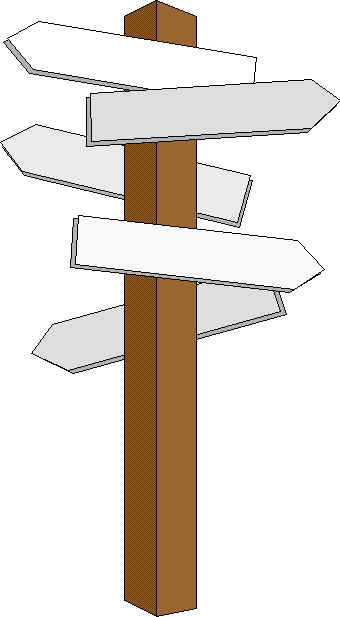This website has been archived from TrainWeb.org/pocahontas to TrainWeb.US/pocahontas.

Benchwork, Scenery on the "Pokey"
The modules that make up the "pokey" are of standard N-Trak construction. I use 1 × 4 pine for the main members, smaller lumber, 1 × 2's are used to support roadbed and scenery. My legs are 2 × 2's with "T-nuts" and levelling bolts installed. Because of certain height restrictions caused by various electrical and plumbing accessories in the basement I was forced to keep the maximum height of the modules at 50 inches. The highest part of the layout crosses over my workbench, this is where the storage-yard and mine modules are located. The minimum height of the entire layout is 40 inches at the town of Iaeger.
My scenery is constructed entirely of blue or pink foam insulation. This helps create light, portable modules which can be easily transported and repaired. I had a terrible experience with one of my odd-ball modules while we were moving into the house...it wouldn't go down the basement stairs! I ended up taking it apart, saving large amounts of the scenery for future use in the layout. I promised myself that all future layout sections would be modular and designed to go in and out of the basement with little effort.
I decided on the styrofoam method for scenery construction after experimenting while building my first N-Trak modules. Scenery had to be light and the styro-foam is easy to repair when modules get banged around during transport to exhibitions. I have experimented recently with artists modelling paste, this light-weight, white paste is used to fill in gaps between the styrofoam hills and the trackboard.
Using a variety of tools to carve and shape the styrofoam including; an old utility knife, kitchen steak knife, hack saw blades and the Surform tool from Stanley, I gradually remove layers of material until the hills look like blue versions of Appalachian mountains. At this point I begin carving in the rock outcroppings in my hillsides. Don't be afraid to try some rock carving of your own, use scrap pieces, a book on basic geology, some pictures and your imagination. My first results weren't great but I am more and more convinced that this is the way to go. My terrain is then covered in varying coats of latex and water-colour paints. Woodland Scenics ground cover is then sprinkled over the paint.. In addition, I use soil, natural rock and twigs to recreate fallen trees, rockslides and such. I keep containers of dried garden soil, small pebbles, fine sand and other natural products on hand because there are no replacements for the natural world. All these layers are held in place with artist's matt-medium. This water soluable scenery is easy to repair and change at any time.
I represent the heavily forested hillsides of West Virginia using trees made from various natural branches and twigs cultivated on walks and camping trips.These are covered with Woodland Scenics vegetation material. Most of my trees wear autumn colours as this is the most spectacular time to see the beauty of the region. If you need more help with scenic tips check out Dave Frary's excellent How-to-Build Realistic Model Railroad Scenery.
I don't think enough can be said for keeping a small library of photos handy while creating your scenery. If you are modelling a specific proto-type as I am, one should keep reference material close by. My own library contains volumes on the proto-type N&W, NS, Southern, and the regions they travel through. I also use articles from magazines like National Geographic, Model Railroader, Trains and the How- to- Books from Kalmbach, travel brochures, and all the photos I can get my hands on. In addition, an old geology text-book picked up at a garage-sale is very handy and of course the internet, which provides up to date information.




















